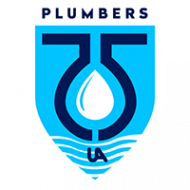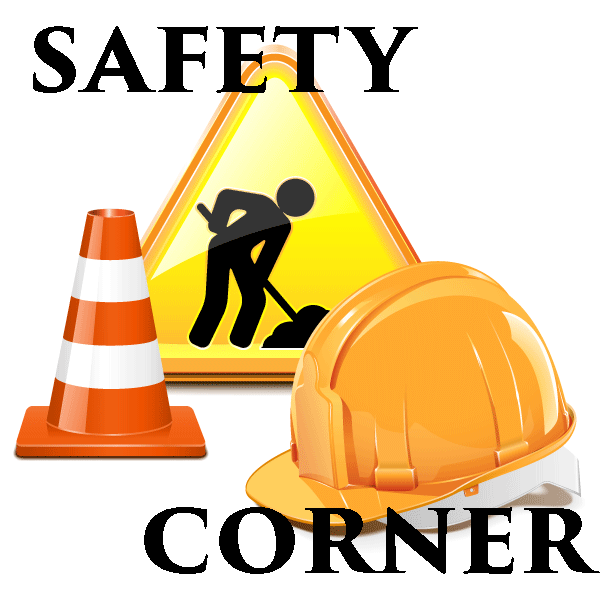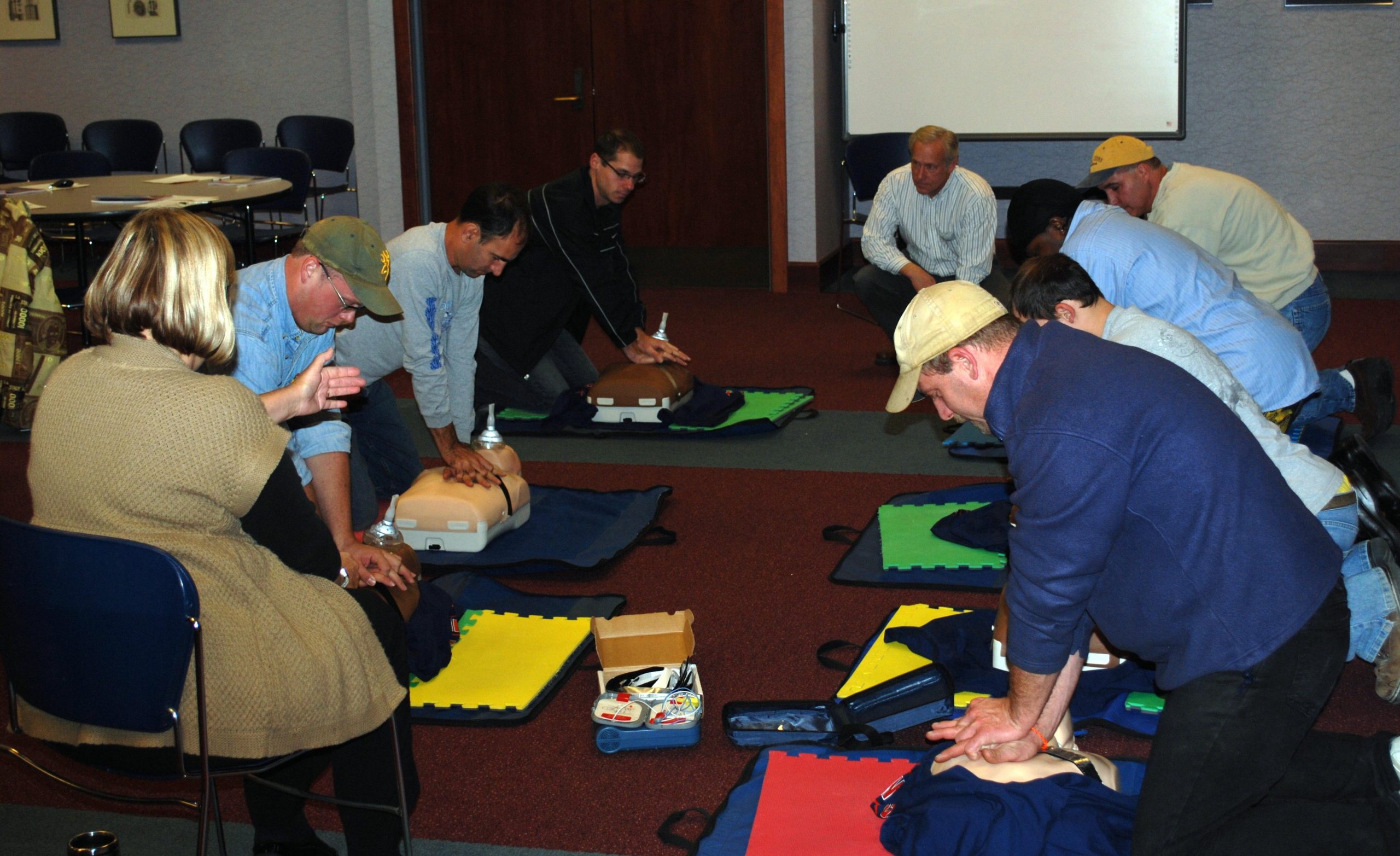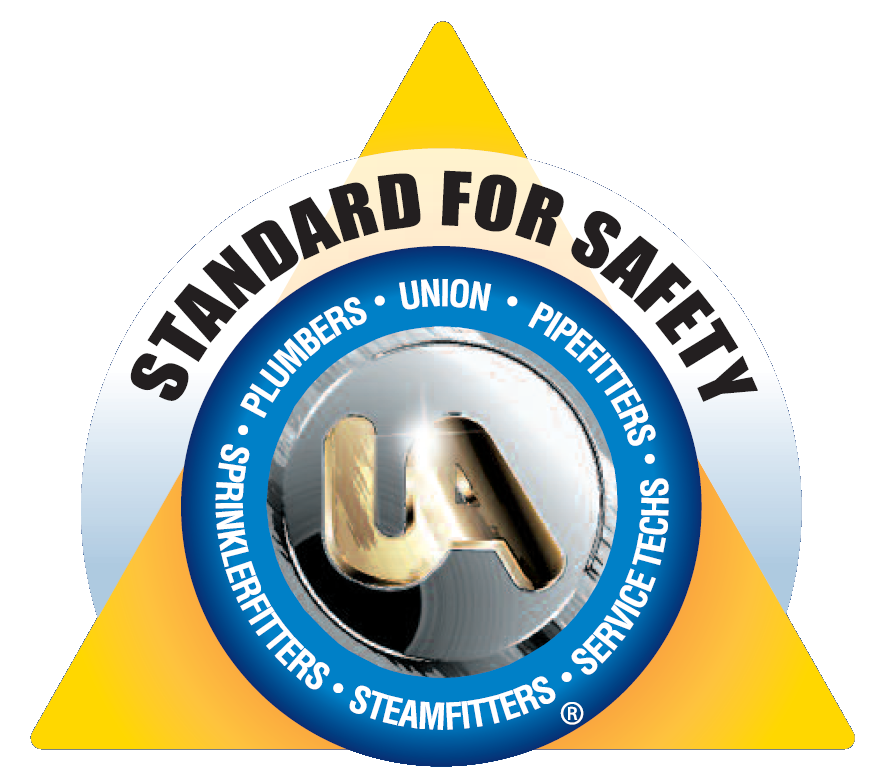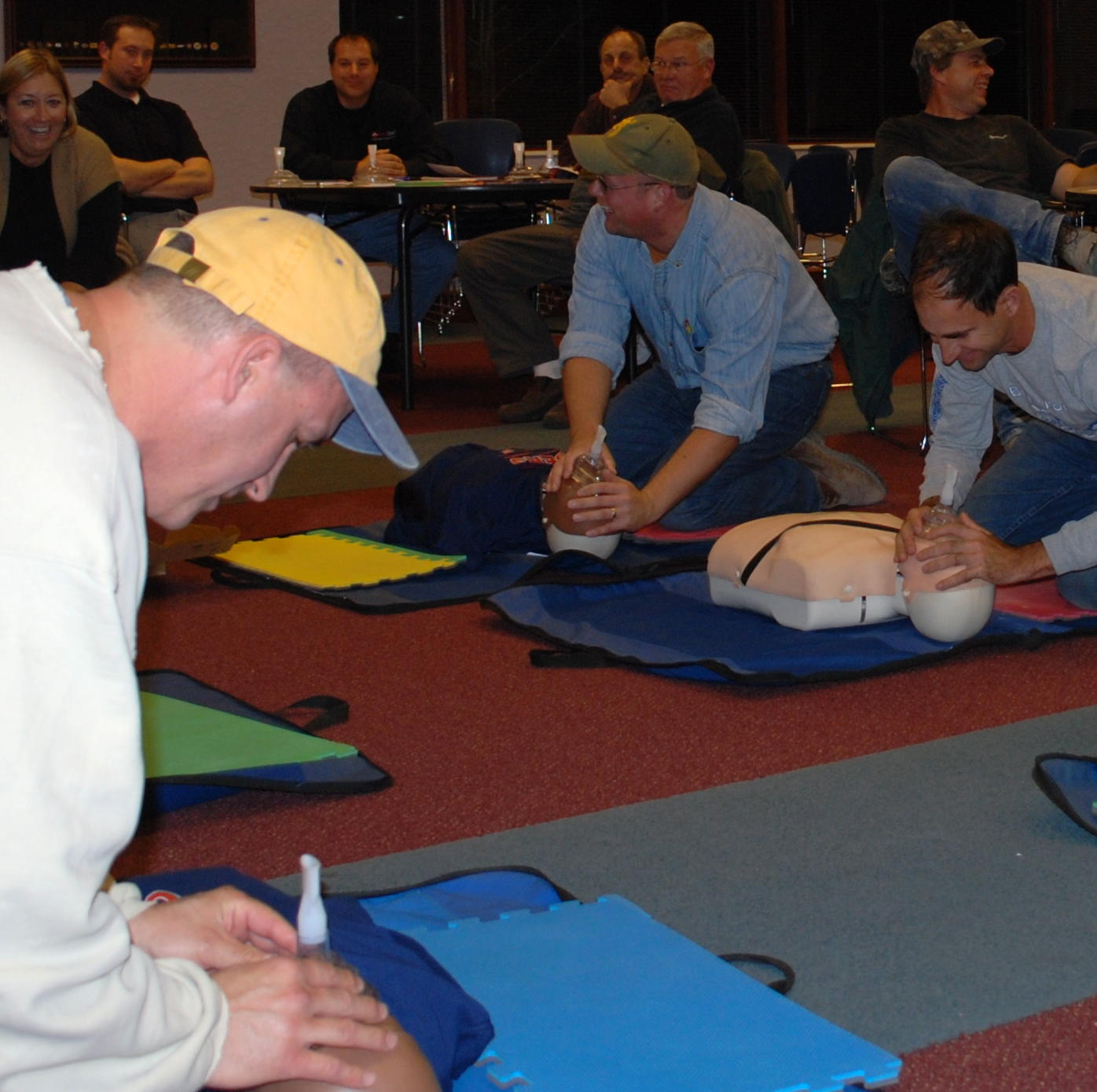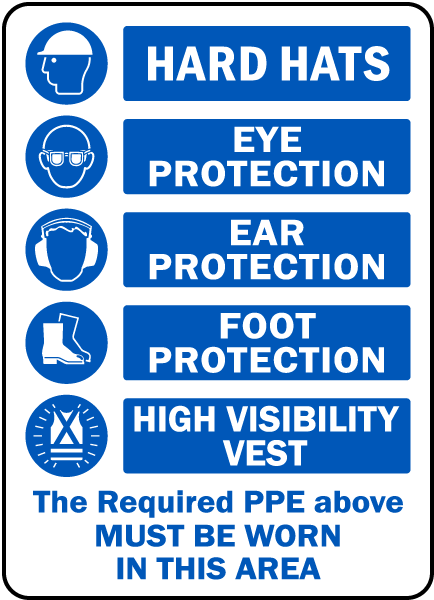Welcome to the Safety Corner!
Plumbers Local 75 Education Fund is committed to providing high quality, current and relevant training and continuing education courses to our members. With a focus on trade-related instruction, over a broad topic range, we provide unmatched access to certification and skill enhancing courses, maintaining our members as the highest trained and most qualified journeyworkers in our area.
The safety of our members and their families is very important to us. Along with providing access to a large number of safety courses throughout each year – including OSHA 30 training – we maintain focus on safety news and what is happening in our industry. Together we can make a difference; stay alert, continuously educate yourself and others.
View the UA Standard for safety, for our members, contractors, and community.
View the UA Winter 2023 Safety Newsletter.
Browse our continuing education courses for safety courses to take.
Visit osha.gov/quicktakes for OSHA’s online newsletter.
Safety Topic Highlight:
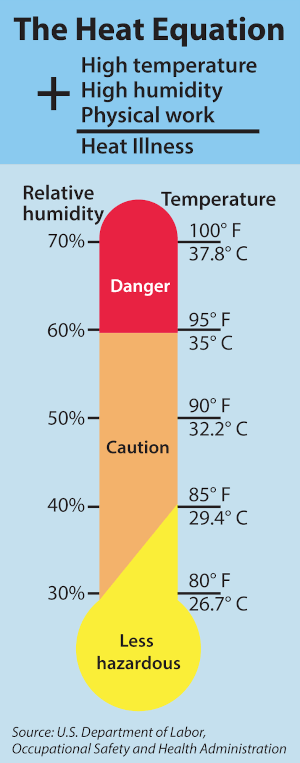 Heat-Related illnesses and First Aid
Heat-Related illnesses and First Aid
Several heat-related illnesses can affect workers. Some of the symptoms are non-specific. This means that when a worker is performing physical labor in a warm environment, any unusual symptom can be a sign of overheating.
Employers and workers should become familiar with the heat symptoms. When any of these symptoms is present, promptly provide first aid. Do not try to diagnose which illness is occurring. Diagnosis is often difficult because symptoms of multiple heat-related illnesses can occur together. Time is of the essence. These conditions can worsen quickly and result in fatalities.
When in doubt, cool the worker and call 911.
Additional Resources:
- OSHA Technical Manual (OTM) Section III: Chapter 4-Heat Stress. See Section II, entitled “Heat-related Illness."
- NIOSH. 2016. Criteria for a Recommended Standard: Occupational Exposure to Heat and Hot Environments. Section 4.2.
- Common Heat Related Illnesses. National Oceanic and Atmospheric Administration (NOAA), National Weather Service.
- First Aid for Heat Illness. NIOSH. A two-page fact sheet.
- Beat the Heat. CDC podcast about occupational heat-related illness, including a discussion of symptoms.
| Heat-Related Illness | Symptoms and Signs |
|---|---|
| Heat stroke |
|
| Heat exhaustion |
|
| Heat cramps |
|
| Heat syncope |
|
| Heat rash |
|
| Rhabdomyolysis (muscle breakdown) |
|
First Aid
OSHA’s Medical Services and First Aid standard and the Medical Service and First Aid in Construction require the ready availability of first aid personnel and equipment. First aid for heat-related illness involves the following principles:
- Take the affected worker to a cooler area (e.g., shade or air conditioning).
- Cool the worker immediately. Use active cooling techniques such as:
- Immerse the worker in cold water or an ice bath. Create the ice bath by placing all of the available ice into a large container with water, standard practice in sports. This is the best method to cool workers rapidly in an emergency.
- Remove outer layers of clothing, especially heavy protective clothing.
- Place ice or cold wet towels on the head, neck, trunk, armpits, and groin.
- Use fans to circulate air around the worker.
- Never leave a worker with heat-related illness alone. The illness can rapidly become worse. Stay with the worker.
- When in doubt, call 911!
Confusion, slurred speech, or unconsciousness are signs of heat stroke. When these types of symptoms are present, call 911 immediately and cool the worker with ice or cold water until help arrives.
Previous Safety Highlights
Winter Weather Hazards
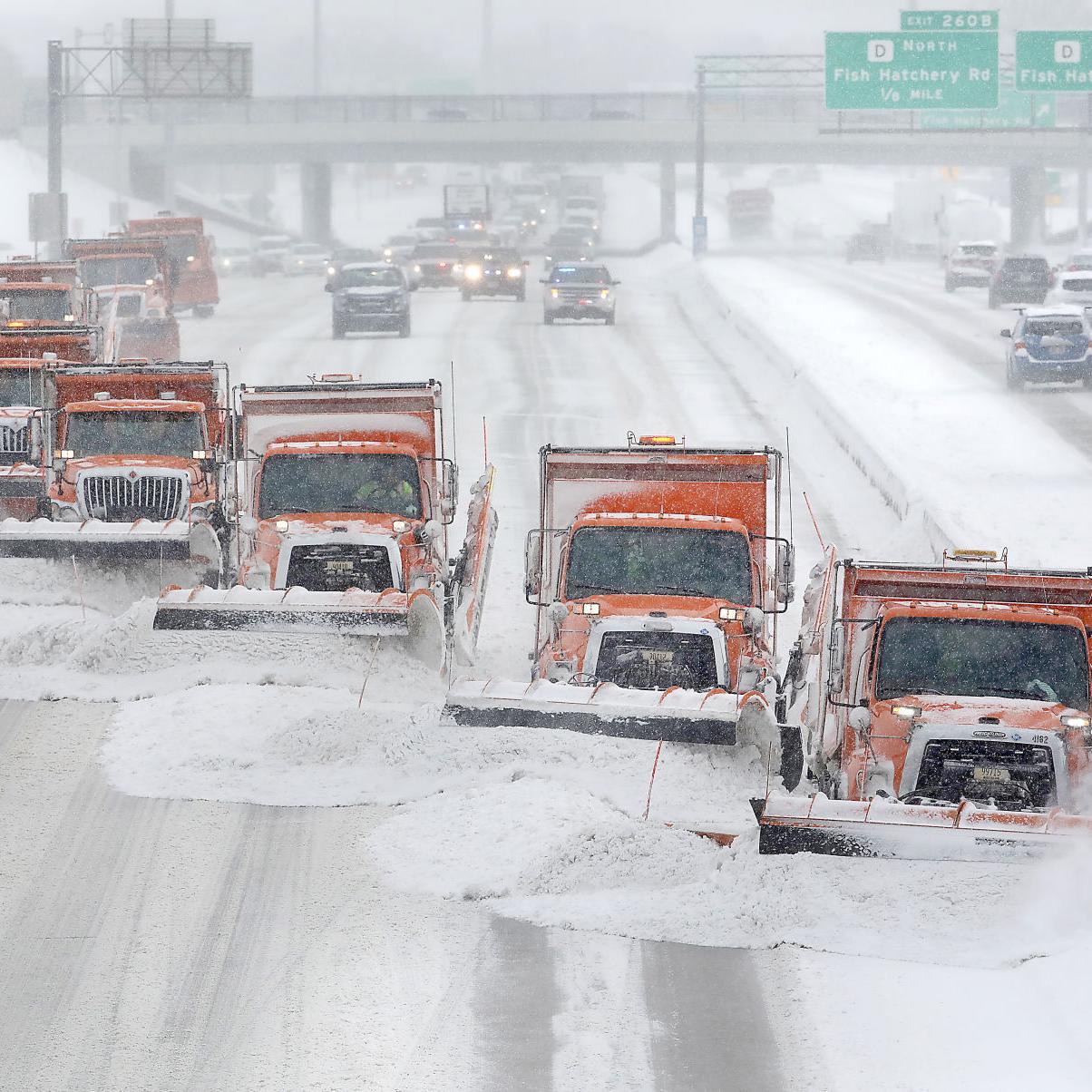 Winter weather hazards
Winter weather hazards
With winter just around the corner, this is a great time to review some best practices in winter safety. As you know Wisconsin is home to some nasty winter storms, exposing us to additional jobsite hazards, including:
- Dangerous road conditions
- Slippery walking and working surfaces
- Freezing temperatures / cold stress
Check out these resources for an in-depth review of hazards and precautions.
Safety Stand Down
Safety Topic Highlight:
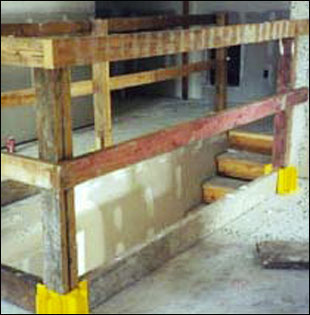 National Safety Stand-Down
National Safety Stand-Down
The 8th annual National Safety Stand-Down to prevent falls in construction is scheduled for May 3-7, 2021.
Fatalities caused by falls from elevation continue to be a leading cause of death for construction employees, accounting for 320 of the 1,008 construction fatalities recorded in 2018 (BLS data). Those deaths were preventable. The National Safety Stand-Down raises fall hazard awareness across the country in an effort to stop fall fatalities and injuries.
What is a Safety Stand-Down?
A Safety Stand-Down is a voluntary event for employers to talk directly to employees about safety. Any workplace can hold a stand-down by taking a break to focus on “Fall Hazards" and reinforcing the importance of “Fall Prevention". Employers of companies not exposed to fall hazards, can also use this opportunity to have a conversation with employees about the other job hazards they face, protective methods, and the company's safety policies and goals. It can also be an opportunity for employees to talk to management about fall and other job hazards they see.
Learn More… Visit OSHA's Stop Falls Stand-Down
Fall Protection Hazard:
Each year, falls consistently account for the greatest number of fatalities in the construction industry. A number of factors are often involved in falls, including unstable working surfaces, misuse or failure to use fall protection equipment and human error. Studies have shown that using guardrails, fall arrest systems, safety nets, covers and restraint systems can prevent many deaths and injuries from falls.
Solutions:
 Consider using aerial lifts or elevated plat-forms to provide safer elevated working surfaces;
Consider using aerial lifts or elevated plat-forms to provide safer elevated working surfaces;
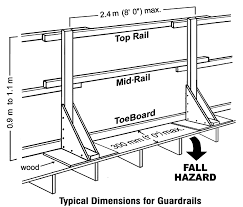 Erect guardrail systems with toeboards and warning lines or install control line systems to protect workers near the edges of floors and roofs;
Erect guardrail systems with toeboards and warning lines or install control line systems to protect workers near the edges of floors and roofs;
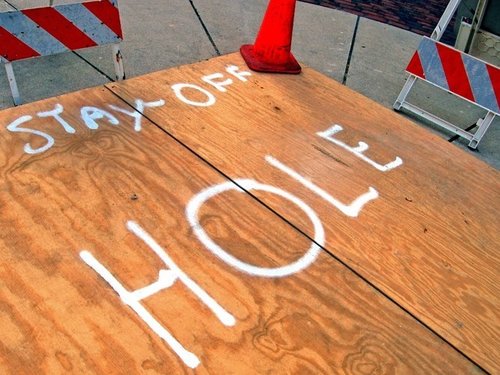 Cover floor holes;
Cover floor holes;
